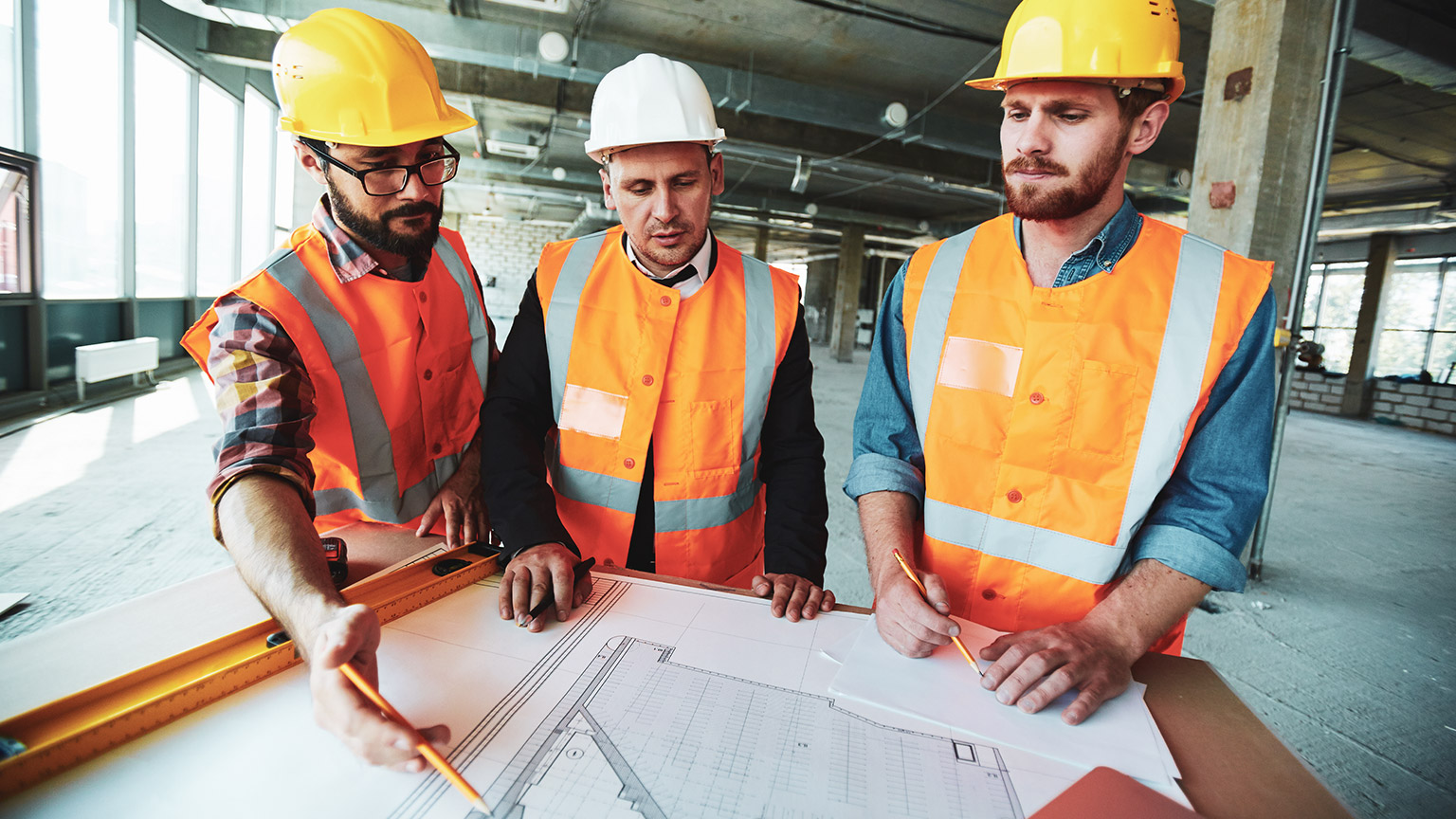Now that you should know how to identify all of the requirements of the task, develop a workflow plan and a components list and are familiar with the plans and specs, the goals of the job and the site, it is time to work with the other members of the team to confirm everyone’s roles and responsibilities.
Each worksite may have a different process for meeting with the other team members to work on a job. You might meet formally at the start of a job, you might meet informally at the start of each day, or you may not actually all meet as a group.
Regardless of how things work in your workplace, there are some common aims when planning and organising a project. These are illustrated below.
The following video from Safe Work Australia outlines the importance of consulting with team members regarding safety. As safety is going to be considered throughout all stages of your planning, it is essential you know how best to identify, communicate, and possibly rectify any work health and safety hazards that are present.

You will often hear about being an effective communicator, but what does that actually mean? And why is it important? Oral communication is essentially the way individuals and groups share knowledge. Oral communication can be a crucial factor that supports success within various professional structures, including construction. The following are some practical strategies for contributing to discussions about planning and organising respectfully and positively.
Listen actively
Active listening is more than just being around when someone else is speaking. It is about actively engaging in what they are saying and making a genuine effort to understand. Active listening involves nodding, leaning forward and using positive body cues to encourage the person to share their thoughts; a key aspect of active listening is to show you are engaged and not distracted. This gives the other person more confidence to open up.
Ask effective questions
Asking effective questions is about selecting the right questioning technique depending on the type of answer you are looking for. There are several questioning techniques that you can use – the most common are open questions (where you want detailed information to be provided), closed questions (where you are looking for a specific answer which may consist of a one-word answer or an exact answer) and probing questions (where you want to dig deeper into something that the other person has raised or mentioned in passing).
Think about your body language
Not just being aware of your own body language, but that of others; a person’s words may not reflect what is being shown by their facial expression or posture; a good communicator can use their own body language to show interest and engagement and can observe the body language of others to interpret the meaning behind their words or how they are feeling at that time.
Be respectful, inclusive and culturally safe
Australian workplaces increasingly recognise that diverse teams are stronger and more innovative. Respectful, inclusive and culturally safe communication is essential to creating a culture that supports this.
Confirm understanding
Confirm understanding and ensure that there is a common understanding amongst the whole team. For example:
- review policies, procedures and standards as a group
- review the relevant drawings, plans and specifications as a group
- review the requirements of the task as a group
- set goals as a group
- assign roles and responsibilities as a group that are based on the strengths of individuals.
Communication style
Adjust your communication style depending on the needs of your audience
Provide constructive contributions
Provide constructive contributions. For example:
- build on the ideas of others
- use positive language.
Role model positive behaviours
- communicate about safety
- wear PPE
- celebrate success
- build respectful relationships.

